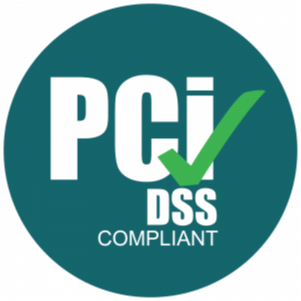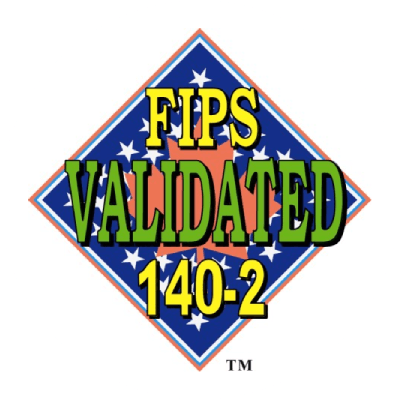Posted by Joyce Ling
January 9, 2025
As digital systems and data continue to expand in complexity, protecting sensitive information has become crucial—not only to prevent costly breaches but also to meet strict privacy regulations. Two popular methods for keeping data safe are tokenization and encryption. Although both serve to protect sensitive information, they work in distinct ways, each with its own strengths and ideal applications. In this article, we will discuss tokenization vs. encryption and what situations it makes sense to use either one or the other.
What is Tokenization?
Tokenization is a technique that replaces sensitive information—like credit card details or Social Security numbers—with a non-sensitive substitute, known as a token. These tokens have no intrinsic value and can’t be used to reconstruct the original data, keeping the actual sensitive information securely stored in a separate, protected token vault. The token itself is essentially a placeholder, pointing back to the real data only when needed and under secure conditions.
Common Use Cases for Tokenization:
- Payment Processing: Tokenization is frequently used in industries where data privacy is essential, such as financial services and healthcare, to safeguard payment and personal data.
- Data Masking: Many organizations use tokenization to obscure customer information in testing, development, and analytics environments, protecting real data while still enabling meaningful testing.
- PCI-DSS Compliance: Tokenization helps businesses securely handle payment card information in line with regulatory standards, making it easier to comply with PCI-DSS requirements.
What is Encryption?
Encryption is a process that converts data into an unreadable, scrambled format using complex algorithms and encryption keys, making it inaccessible to anyone without the proper decryption key. Unlike tokenization, encryption retains the original data structure but in an encoded form, making it highly versatile for securely storing and transmitting data.
Common Use Cases for Encryption:
- Data Transmission: Encryption is crucial for protecting data as it moves across networks, especially during online transactions, ensuring that sensitive information stays secure.
- Sensitive Data Storage: Encryption is an effective way to secure data in storage—whether in databases, on drives, or in the cloud—making it accessible only to those who have the correct decryption key.
- Regulatory Compliance: Many regulations, such as HIPAA and GDPR, require encryption to protect personally identifiable information (PII), making it an essential tool for regulatory compliance.
Key Differences Between Tokenization vs Encryption
Tokenization vs encryption—each offer distinct advantages for data protection, and understanding their differences can help you choose the best approach for your needs.
- Data Structure:
Tokenization replaces sensitive information with a placeholder token that retains the data’s original format but not its actual value. Encryption, on the other hand, transforms the original data structure into an encoded form that remains intact but is unreadable without decryption. - Reversibility:
With tokenization, the original data can only be retrieved by referencing it in a secure token vault, with no direct, algorithmic method to revert the token to the original data. In contrast, encryption requires a decryption key to decode and access the original information, making it crucial to protect and manage these keys effectively. - Performance:
Tokenization generally has lower processing demands, making it a practical choice for structured data in high-volume environments. Encryption, while more resource-intensive, is well-suited for handling large datasets and secure data transmissions, especially over networks. - Security Level:
Tokenization secures data by substituting it with tokens that hold no value if intercepted, ensuring sensitive data remains inaccessible. Encryption also provides high levels of security, though key management is critical to maintaining access control and data integrity. - Compliance:
Tokenization is commonly used to simplify regulatory compliance, particularly in the payment and healthcare sectors where data privacy is heavily regulated. Encryption, however, is a versatile tool for compliance across various industries, as many standards require encrypted data protection to prevent unauthorized access to personally identifiable information.
Tokenization vs. Encryption: How to Decide
While both tokenization and encryption are solid choices for data security, choosing the right one really depends on your specific needs and priorities:
- When Compliance is Key:
Tokenization is often the preferred solution for industries like finance and healthcare, where handling sensitive information such as payment card data (PCI-DSS) or protected health information (PHI) is crucial. By keeping the original data securely stored in a token vault, tokenization helps streamline compliance and reduces regulatory hurdles. - For Secure Data Storage and Transfer:
Encryption is a strong option for securing data at rest or in motion. It ensures that data remains unreadable if intercepted, although managing the encryption keys effectively is essential to prevent unauthorized access. - Performance Needs:
Tokenization typically requires less processing power, making it ideal for environments with high transaction volumes. On the other hand, encryption can be more resource-intensive. If your organization handles large data sets or frequent transmissions, you may need to plan for the additional processing demands of encryption.
Combining Tokenization and Encryption: A Hybrid Approach
Sometimes, the best solution for data security is to use both tokenization and encryption together. Many organizations find this hybrid approach effective for achieving both compliance and performance. For instance, you might tokenize credit card numbers in your customer database while encrypting customer names and addresses. This way, sensitive information remains secure without putting too much strain on your system.
Conclusion
Both tokenization and encryption offer effective ways to protect sensitive data, each with its own strengths. Tokenization is often a great choice for structured data in industries with strict regulations, while encryption provides flexibility for securing data in storage and during transmission. Understanding the differences and best uses of each approach can help you make an informed decision that fits your security needs.
Struggling to Choose the Right Data Security Approach?
Deciding between tokenization and encryption can be overwhelming, especially when compliance, performance, and security are on the line. Akeyless simplifies the process with a unified platform that covers all your data protection needs—helping you stay secure, compliant, and efficient.
See how Akeyless can make managing data security easier. Learn more













